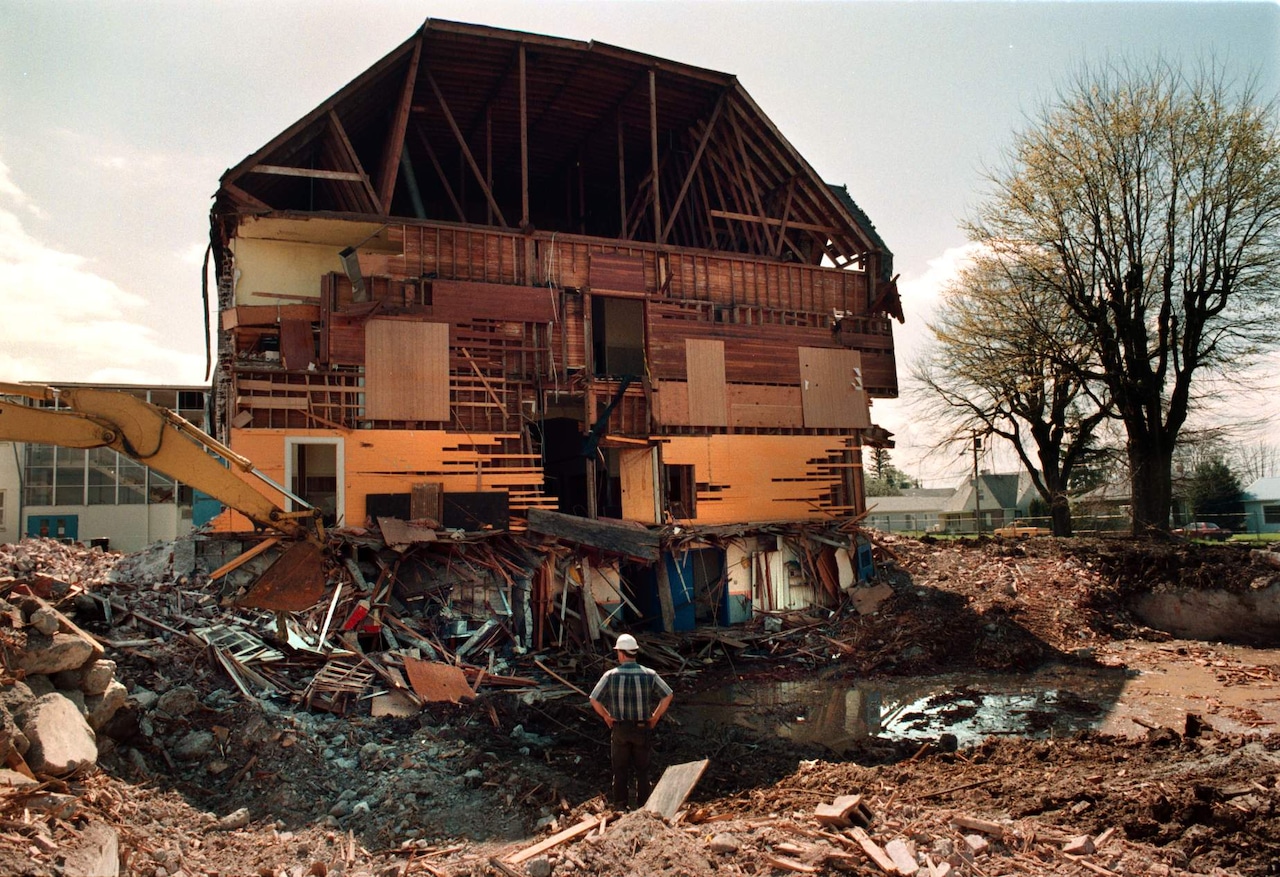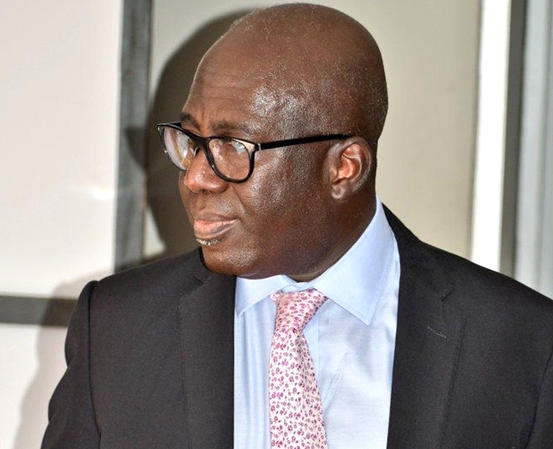
In the face of a looming Cascadia earthquake, an Oregonian/OregonLive investigation into the structural integrity of Portland-area schools revealed that years after initial warnings, many students attend class in buildings vulnerable to collapse during a major seismic event. Here are 10 takeaways from The Oregonian/OregonLive’s four-part series on school seismic safety in the Portland area.
Read more:
Part 1: When the Cascadia earthquake hits, which Portland-area schools could crumble?
Part 2: Oregon’s steps toward school seismic safety
Part 3: An old, hulking problem in Portland
Part 4: Is ‘drop, cover and hold on’ an outdated earthquake safety plan?
How safe will your Portland-area school be in an earthquake? Check this map
1. Dozens of high-risk schools remain un-retrofitted, leaving many children in the Portland area at risk in an earthquake.
A 2007 statewide seismic safety assessment identified 138 Portland-area school buildings with a “high” or “very high” risk of collapse in an earthquake. An analysis by The Oregonian/OregonLive found that as of 2025, 110 of those buildings were still operating as schools. Of those high-risk schools, 55 have received no major seismic retrofits in the nearly two decades since the study was completed.
Older school buildings, especially those constructed from unreinforced masonry (brick) or pre-modern code concrete, are prone to “pancaking” and collapsing during seismic shaking. The 1993 Scotts Mills earthquake demonstrated this danger when it caused walls at Molalla High School to crumble, offering a glimpse of the potential devastation if a quake were to occur during school hours.
An engineer at Portland State University warns that due to aging infrastructure, “many hundreds” of children could die if a major earthquake strikes the Portland area during school hours.
2. ‘The Big One’ isn’t the only threat. A smaller, local quake could be more destructive.
While the Cascadia subduction zone earthquake gets the most attention, geologists warn that Portland faces threats from three different types of quakes. Besides the coastal subduction zone quake, the region is also at risk from a descending slab earthquake (like Seattle’s 2001 Nisqually quake) or an upper plate quake (like the 1993 Scotts Mills quake). Experts warn that a magnitude 6.8 earthquake on the local Portland Hills fault could potentially cause more damage to the city than a massive 9.0 Cascadia quake, highlighting the complexity and variety of seismic risks facing the region.
3. Current safety reporting lacks enforcement and up-to-date transparency.
In place of a new statewide assessment, school districts are now required to self-report construction projects that may affect a school’s seismic risk. However, the state’s online portal for these reports has not been updated since 2019, citing staffing issues and the pandemic. Additionally, there are “no stated mechanisms or consequences” for school districts that fail to provide their legally required updates.
4. State grants provide crucial funds, but only cover a fraction of the need.
In response to the seismic threat, Oregon established the Seismic Rehabilitation Grant Program, which has awarded nearly $650 million to 350 of the state’s 1,300 schools since its first grants in 2009. The grants, capped at $2.5 million per project, offer a vital lifeline, particularly for districts that cannot pass local bonds, but are insufficient to address the full scope of required retrofits across the state. For context, a single project that involves seismic and safety upgrades at the Oregon Capitol is expected to cost $465 million.
5. New school construction now incorporates multi-hazard safety features.
Modern school construction projects, like the new Beaverton High School, are being designed to do more than just survive an earthquake. Some are being built to a higher “immediate occupancy” standard, allowing them to function as community shelters after a disaster. These new facilities also include advanced safety systems that were not a consideration decades ago, such as air filtration systems to protect against wildfire smoke and enhanced security features like bullet-resistant glass, secure entrances and comprehensive camera systems to protect against school shootings.
6. A new report quantifies extreme seismic danger in many Portland Public Schools buildings.
A September 2025 report from the engineering firm Holmes assigned risk scores to Portland’s school buildings. On a 10-point scale where 10 is the riskiest, the two main sections of Beverly Cleary K-8 School received scores of 9.7 and 9.9, making it arguably the most dangerous school in the district during a quake. The report found that nearly 40 schools have at least one building section rated 9.0 or higher. The risk is largely due to the district’s many older buildings, constructed before Oregon implemented seismic safety provisions in its building code in 1974. A 2007 state report had previously identified 36 district schools with “high” or “very high” collapse potential, and 10 of those have had no seismic work done since.
7. Seismic safety in Portland Public Schools has been repeatedly deprioritized for over a decade.
Portland Public Schools has been aware of its seismic vulnerabilities for years but has consistently diverted resources to other pressing issues. The district began planning a seismic-focused bond in 2007, but the effort was abandoned when the economy cratered in the Great Recession, shifting focus to protecting class sizes. A 2011 bond was rejected by voters. Subsequent bond measures in 2017 and 2020 were also sidetracked; the 2017 bond funds were largely redirected to address the discovery of lead in drinking water, asbestos, and radon, while the 2020 bond prioritized technology and curriculum materials over major structural upgrades.
8. Portland Public Schools’ focus on high schools has left younger students behind.
The district’s primary strategy for seismic safety has been to fully rebuild or modernize its nine high schools, a process that is still ongoing. While this addresses risk for thousands of older students, parents of elementary and middle schoolers argue it leaves younger children in vulnerable buildings. One parent noted that the cost of modernizing one high school could potentially fund the construction of five new elementary schools. While high schools like Grant, Roosevelt, and Benson are now seismically sound, many K-8 schools like Capitol Hill Elementary and Beverly Cleary K-8 remain at high risk of at least partial collapse.
9. Despite new funding, bureaucratic delays are frustrating parents.
Parents successfully pressured the district to commit at least $90 million from its $1.83 billion 2025 bond specifically for seismic upgrades – a commitment that was not in the original bond proposal. The parents’ campaign effectively forced the district to make seismic retrofits a required component of the new funding package. But, even with the newly earmarked funds and the detailed Holmes report, the district is already lagging on its commitments. The school board missed its self-imposed September 1, 2025, deadline to produce a prioritized list and schedule for seismic upgrade projects. The topic was not on the agenda for the subsequent facilities committee meeting, pushing any decisions to at least October.
10. Experts question the ‘drop, cover and hold on’ standard.
Prominent experts, including Oregon State University professor Chris Goldfinger, are challenging the universal application of “drop, cover and hold on.” Goldfinger argues that for people in seismically vulnerable buildings, a minute or more of initial light shaking – a precursor to a major Cascadia quake – should be treated as a signal to evacuate. He bases this on his personal experience during Japan’s 2011 Tōhoku earthquake, where he and 39 other earthquake geologists instinctively ran outside. Goldfinger suspects the “drop, cover” protocol is a holdover from Cold War-era nuclear attack drills and lacks a strong scientific basis for modern buildings, particularly unreinforced masonry structures common in Oregon.
Since 2013, Oregon law has permitted schools to develop alternative earthquake response procedures if an engineering evaluation determines that “drop, cover and hold on” is not the safest option for a specific building. Despite this provision, Gladstone is the only school district in the Portland area that has officially implemented alternate evacuation plans alongside traditional drills. Most other districts continue to adhere strictly to “drop, cover and hold on,” citing the dangers of falling exterior debris and the potential for stampedes at exits, which they, and some experts, argue present a greater risk than non-structural hazards inside.



